Is Syria Entering a New Era of Peace?
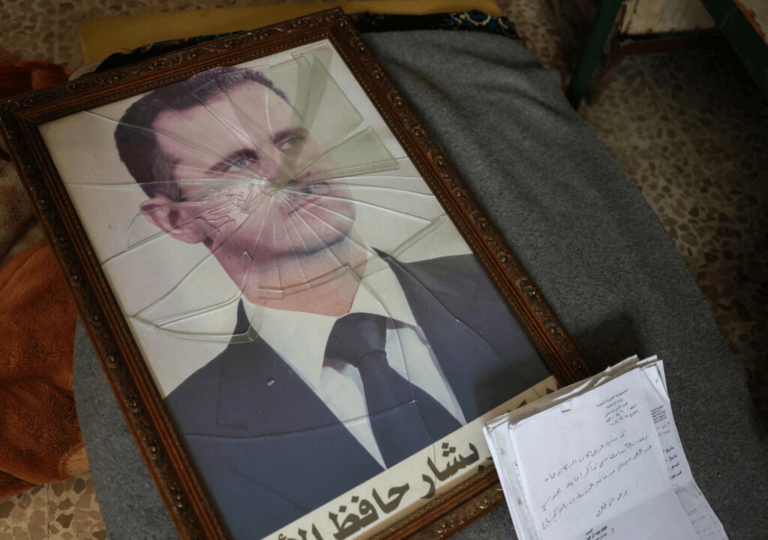
Rebels have seized Damascus, marking the end of Bashar al-Assad's regime after thirteen years of civil war

Rebels have seized Damascus, marking the end of Bashar al-Assad's regime after thirteen years of civil war
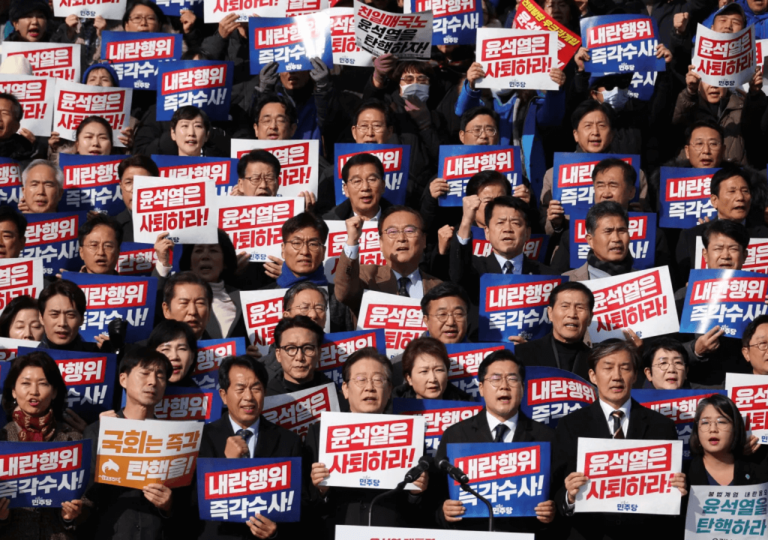
South Korea's political turmoil escalated as President Yoon declared martial law, triggering widespread protests and calls for his resignation
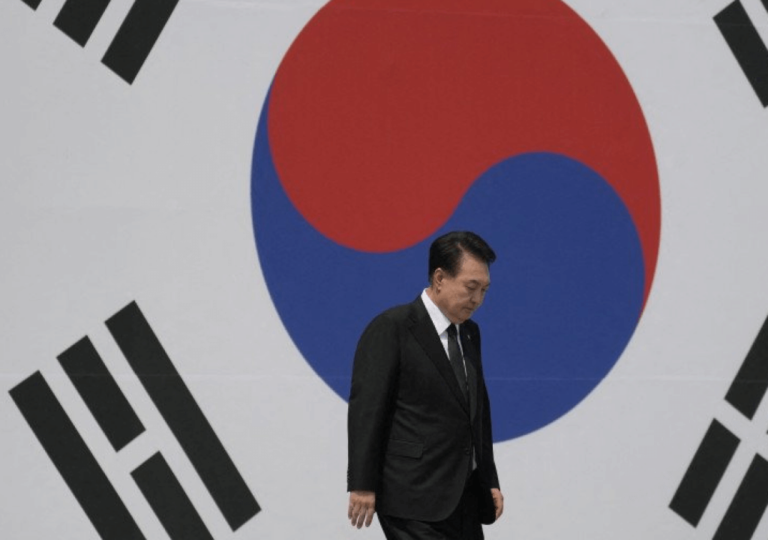
South Korea's President Yoon Suk Yeol declared martial law, then quickly reversed it amid fierce opposition and political turmoil
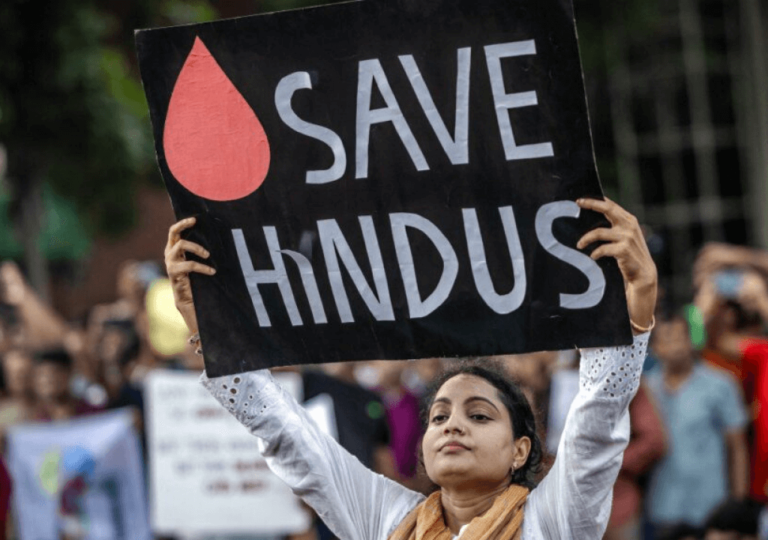
Bangladesh faces escalating communal conflict and persecution of minorities under an interim Islamist government following a popular uprising
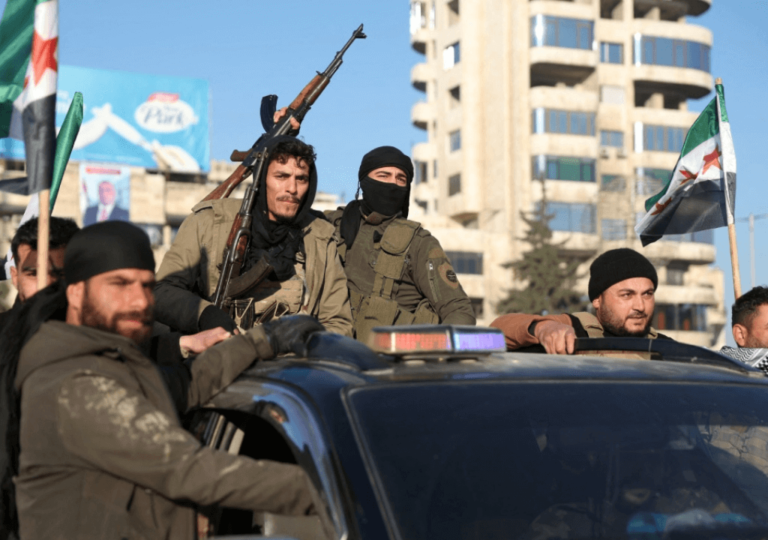
Islamist group HTS has seized control of Aleppo, reigniting global concerns about renewed Islamist rule in Syria
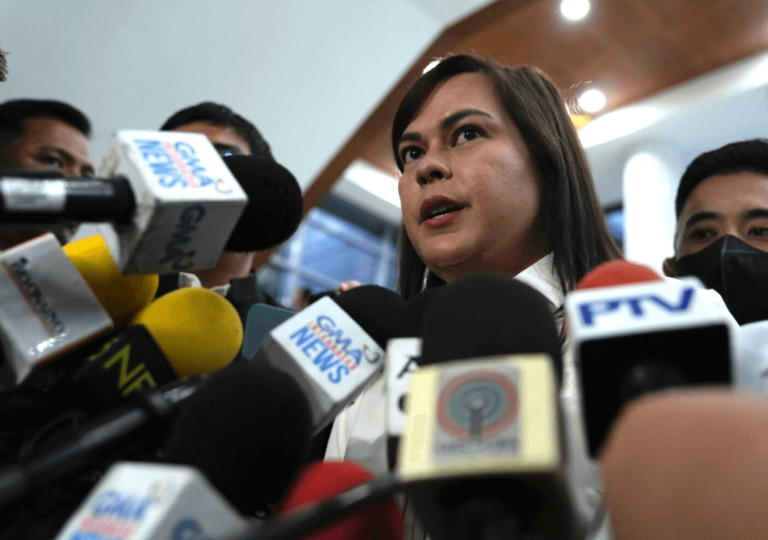
Philippine politics faces turmoil as Vice President Sara Duterte threatens President Marcos, igniting conflict between powerful dynasties

Israel and Hezbollah have agreed to a ceasefire, effective Wednesday, ending their latest conflict amid ongoing tensions and violence

Hong Kong's political freedoms are vanishing as China enforces control, silencing dissent and erasing its unique identity

Pakistan faces an existential crisis as public dissent rises against a ruling elite amid economic collapse and political turmoil
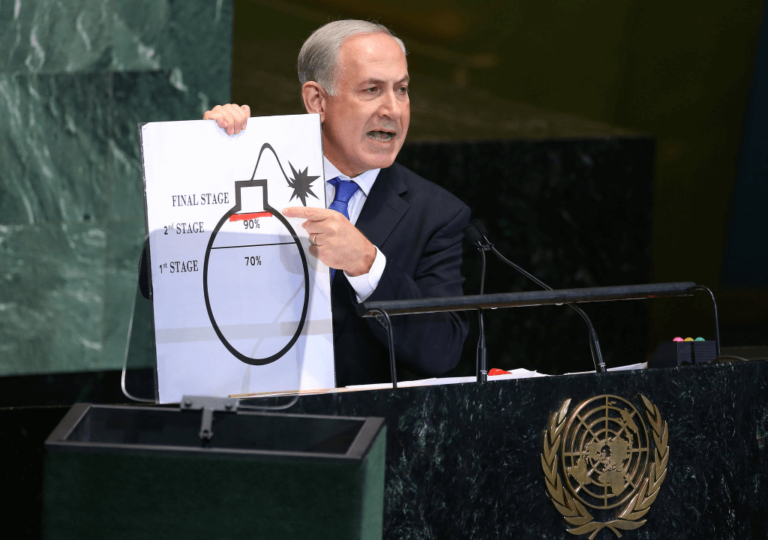
Iran faces potential fragmentation as Israel escalates its military strategy against the Islamic Republic, risking broader conflict